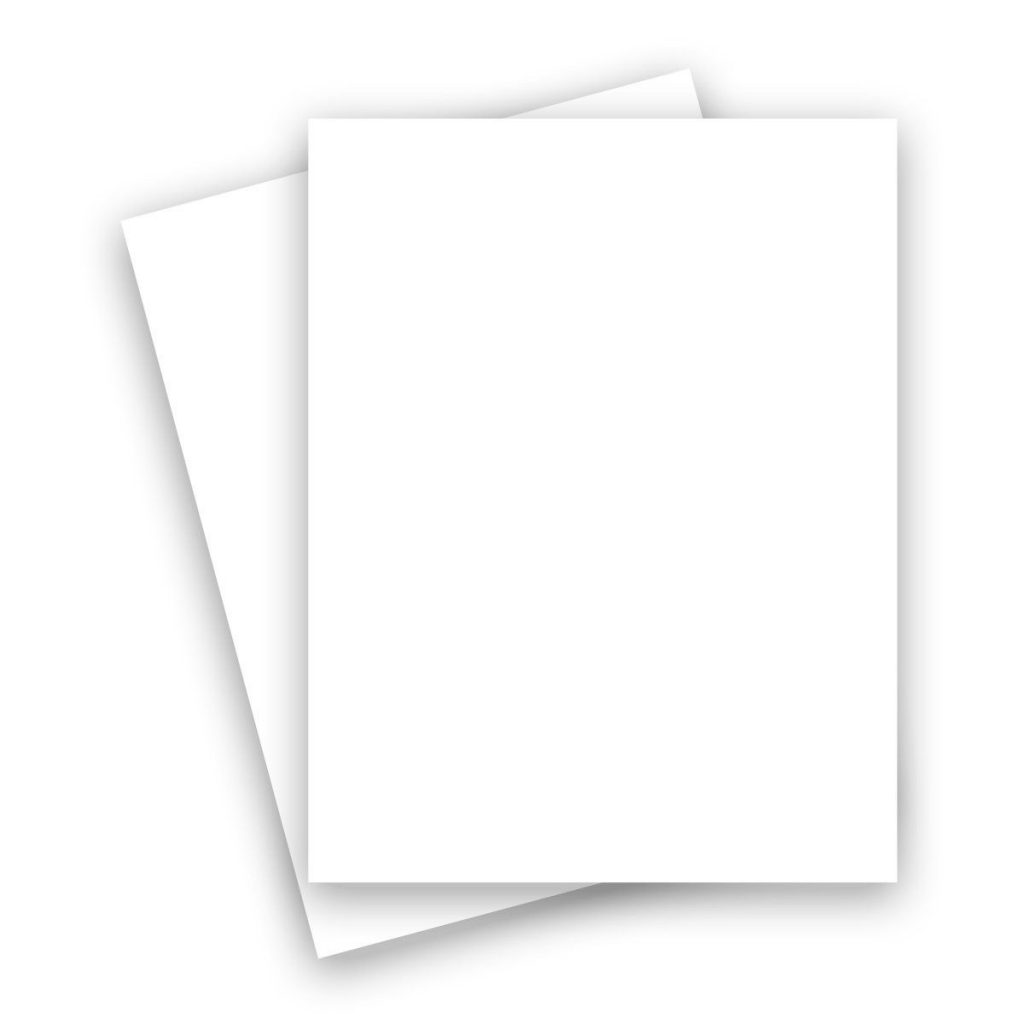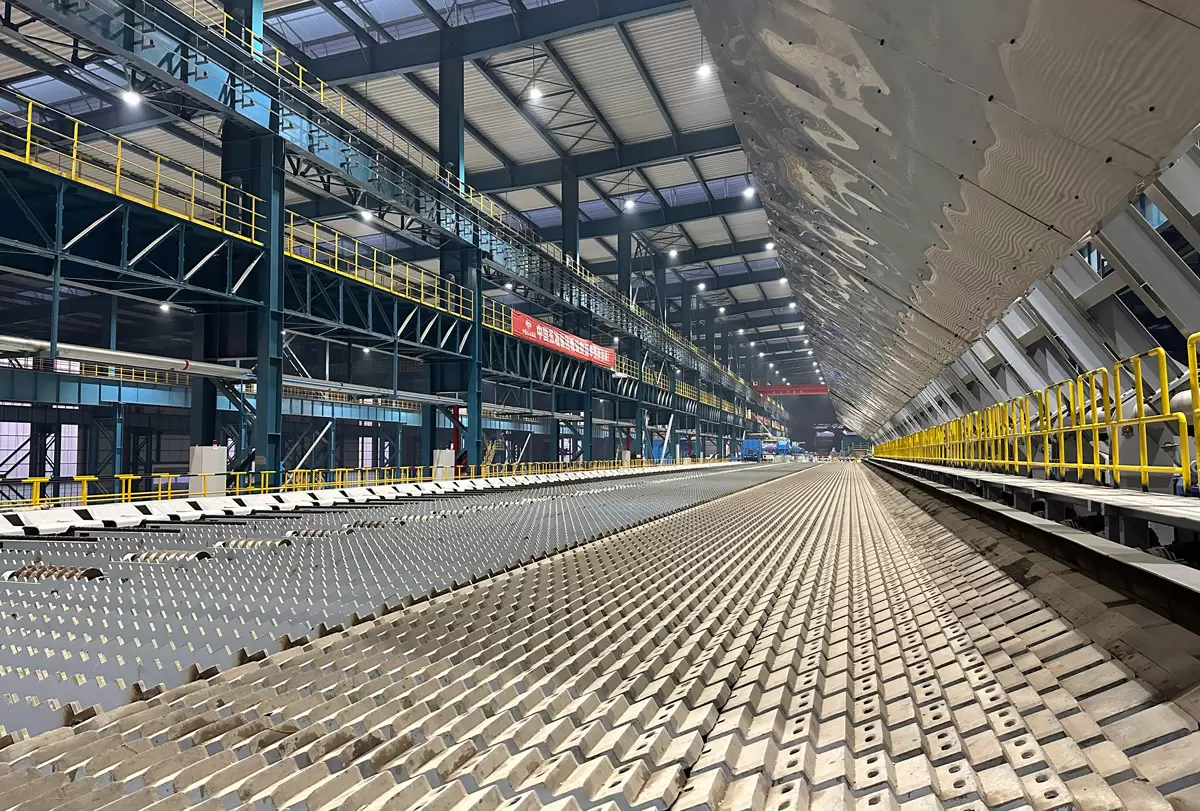As technology advances, printers have become an essential part of our daily lives. Whether it's for work or personal use, we rely on printers to produce high-quality prints. However, choosing the right paper for your printer can be a daunting task. In this article, we will provide you with a comprehensive guide on what paper you can put in your printer.
- Types of Paper
There are various types of paper available in the market, and each one is designed for a specific purpose. The most common types of paper are:
- Bond Paper: This is the most commonly used paper for printing documents. It is lightweight and has a smooth finish, making it ideal for printing text.
- Glossy Paper: This paper has a shiny finish and is perfect for printing high-quality photos and graphics.
- Matte Paper: This paper has a non-glossy finish and is ideal for printing documents that require a professional look.
- Cardstock: This paper is thicker than regular paper and is ideal for printing business cards, invitations, and greeting cards.
- Paper Weight
Paper weight is measured in grams per square meter (gsm). The higher the gsm, the thicker the paper. The most common paper weights are:
- 80gsm: This is the standard weight for most office paper.
- 100gsm: This weight is ideal for printing documents that require a professional look.
- 120gsm: This weight is ideal for printing brochures, flyers, and other marketing materials.
- 200gsm: This weight is ideal for printing high-quality photos and graphics.
- Printer Compatibility
Before purchasing paper for your printer, it is essential to check if it is compatible with your printer. Most printers are designed to work with specific types of paper, and using the wrong paper can cause damage to your printer.
- Environmental Considerations
When choosing paper for your printer, it is essential to consider the environmental impact. Look for paper that is made from sustainable sources and is certified by organizations such as the Forest Stewardship Council (FSC) or the Programme for the Endorsement of Forest Certification (PEFC).
In conclusion, choosing the right paper for your printer is crucial for producing high-quality prints. Consider the type of paper, paper weight, printer compatibility, and environmental impact when making your decision. By following these guidelines, you can ensure that your prints are of the highest quality while minimizing your environmental impact.




More Stories
Mechanisms of Damping Deadening Rubber Sheets: How They Reduce Vibration and Noise
How SMC Is Manufactured: Process, Materials, and Quality Control
Customizable Logo Pulp Boxes in Kraft and White for Sustainable Food Packaging Solutions